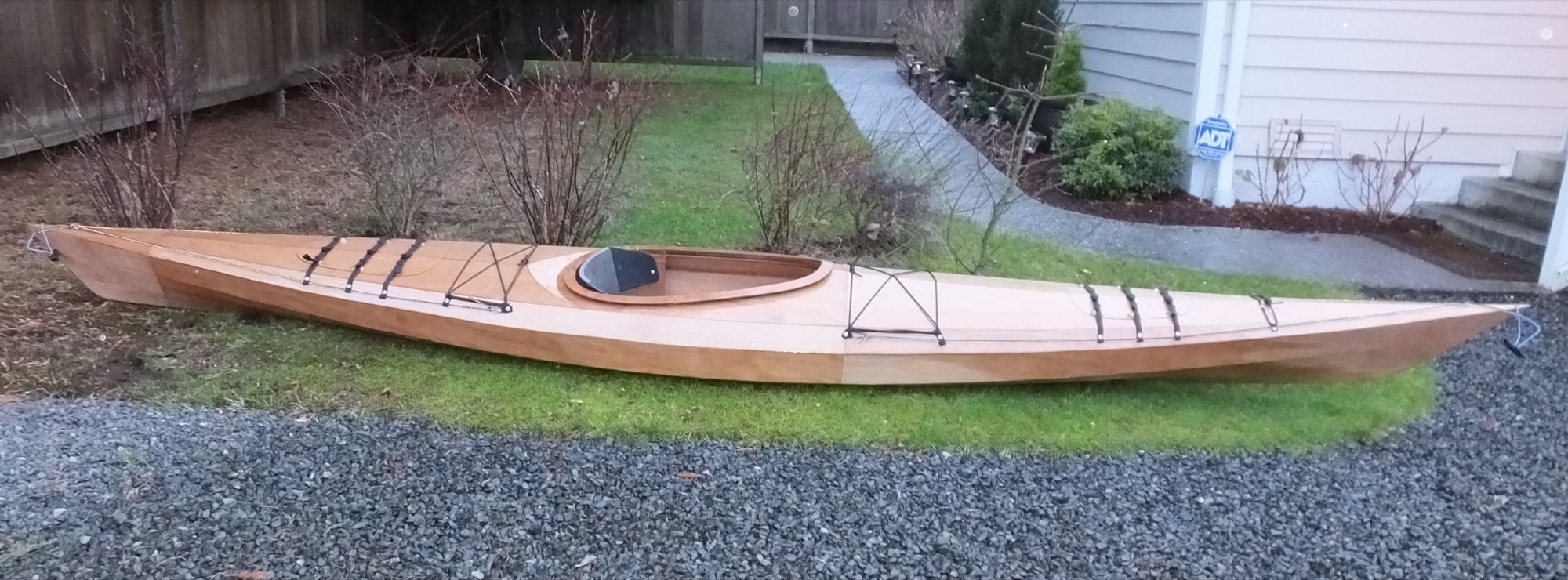
Beyond the Plans: Unveiling Hidden Potential in Stitch-and-Glue Boatbuilding
Stitch-and-glue boatbuilding offers a fantastic entry point into boat construction, lauded for its relative simplicity and affordability. But what if we moved beyond the standard plans and explored the truly unique possibilities this method unlocks? This review delves into the nuances of "How to Create a Boat Using Stitch and Glue Method with Custom Features," highlighting often-overlooked aspects and inspiring unconventional approaches.
Questioning the "Standard": Why Stick to the Plan?
Most stitch-and-glue guides focus on replicating pre-existing designs. But what about your own vision? This isn't just about adding a fancy paint job. It’s about leveraging the flexibility of the method to create a boat genuinely tailored to your needs and skills.
Can I truly customize a stitch-and-glue design?
Absolutely! While starting with a proven plan is wise, consider it a springboard, not a constraint. Recent advancements in CAD software (like FreeCAD or Fusion 360) allow for easy modification of existing designs or even the creation of entirely new ones from scratch. You can adjust dimensions, beam width, freeboard â€" even experiment with unconventional hull shapes. Remember to account for structural integrity through proper calculations and stress analysis software. This involves considering factors like material properties (plywood type, epoxy resin strength) and expected loads (weight of the boat, passengers, equipment).
What are some unusual design choices possible with stitch and glue?
Think outside the traditional hull forms. Stitch-and-glue lends itself well to exploring:
- Multi-hull designs: Building a small, lightweight catamaran or trimaran becomes surprisingly feasible.
- Unusual planing hulls: Experiment with different chines and hard chines to achieve unique performance characteristics.
- Integrated features: Design built-in storage solutions, custom seating, or even integrated fishing rod holders directly into the hull during construction, optimizing space and aesthetics.
Beyond the Epoxy: Exploring Sustainable and Innovative Materials
While epoxy resin and plywood are staples, let's examine alternatives. The environmental impact of epoxy is a growing concern. Research into bio-based epoxy alternatives is ongoing, with some promising results appearing in recent publications from journals like the Journal of Composite Materials. Similarly, exploring sustainable wood sources, like responsibly harvested plantation timber or even recycled wood composites, could significantly reduce your boat's environmental footprint.
What are some eco-friendly alternatives to traditional materials?
Many hobbyists are exploring the use of flax or hemp fabrics infused with bio-resins for improved sustainability. While still under development in large-scale boatbuilding, these offer a fascinating avenue for environmentally conscious boat builders. The challenge lies in sourcing these materials and perfecting the techniques for optimal strength and water resistance. Experimentation and thorough research are key.
Real-World Inspiration: A Stitch-and-Glue Story
A friend of mine, a skilled woodworker, recently deviated from standard plans to construct a surprisingly stable and versatile fishing kayak. He used reclaimed cedar planks for the hull, meticulously shaped to reduce weight and maximize efficiency. By incorporating a custom-designed rudder system from readily available hardware, he created a boat perfectly tailored to his fishing trips, a testament to the versatility of stitch-and-glue.
His project illustrates the power of personalized design. The success wasn't solely dependent on following a blueprint; it stemmed from a deep understanding of the stitch-and-glue method and the willingness to experiment with available materials and design principles. He documented his process extensively (with photos and measurements), making his innovation accessible to others.
Conclusion: Embrace the Unconventional
Stitch-and-glue boatbuilding is more than just a construction technique; it's a creative process. By challenging conventions, exploring sustainable materials, and embracing personalized design, you can unlock its full potential and build a boat that reflects your unique vision and skill. Don't just build a boat; craft an experience.






0 comments:
Post a Comment
Note: only a member of this blog may post a comment.